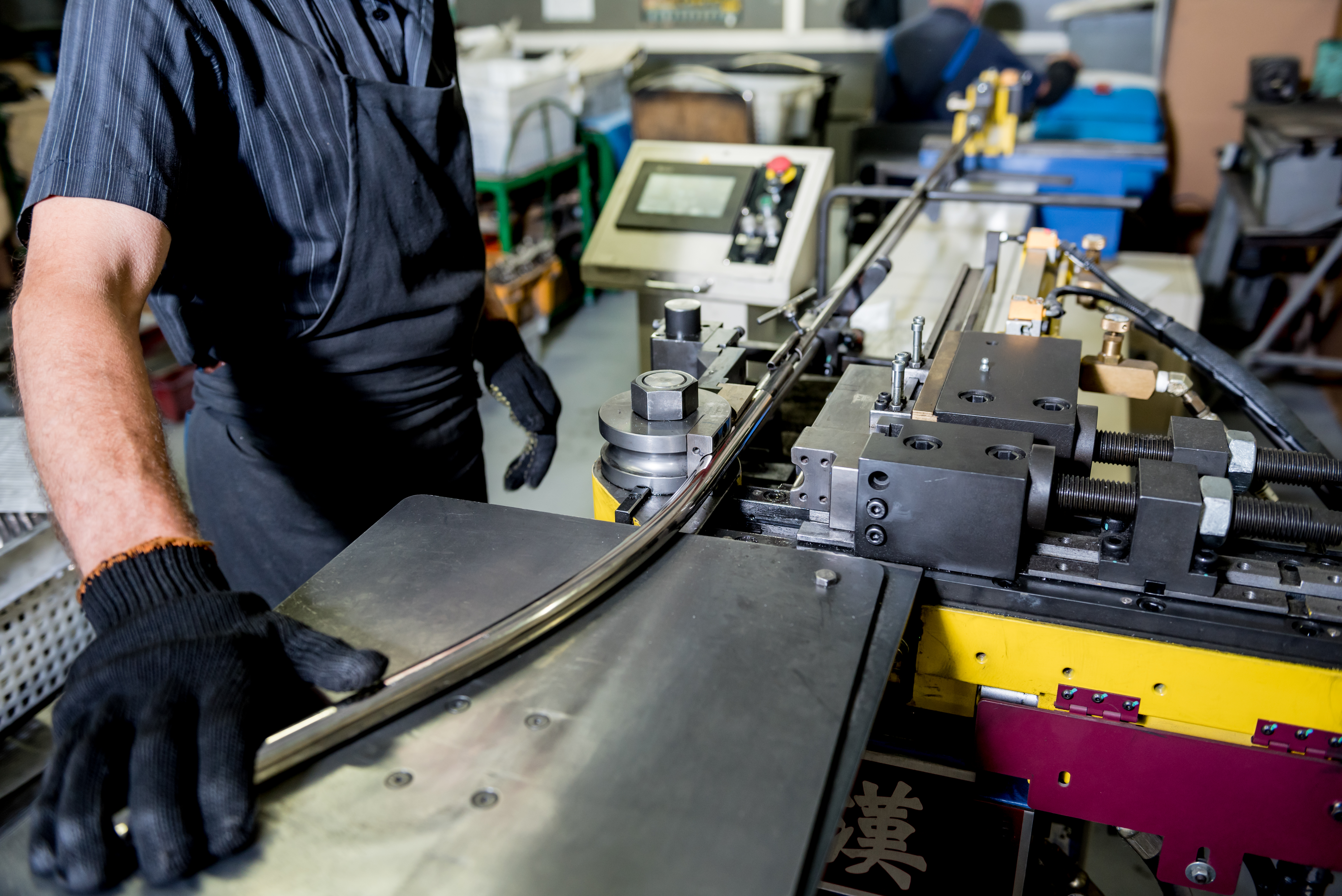The Art of Bending Stainless Steel Tubing
Bending Stainless Steel Tubing: A Guide for DIY Enthusiasts and Professionals
Bending stainless steel tubing might seem like a task best left to professionals, but with the right tools and techniques, it's something anyone can do. Whether you're working on a home project or a large-scale manufacturing job, mastering this skill can open up new possibilities for your designs. In this guide, we’ll walk you through the basics of bending stainless steel tubing, the tools you need, and some advanced methods that can help you achieve perfect results every time.
Understanding the Basics: Why Bend Stainless Steel Tubing?
Stainless steel is known for its durability, corrosion resistance, and aesthetic appeal. It's widely used in industries such as automotive, construction, and architecture. Bending stainless steel tubing allows you to create custom shapes, angles, and curves that are essential for everything from handrails to complex piping systems. Understanding how to bend this material can give you more flexibility and creativity in your projects.
Selecting the Right Tools for the Job
Choosing the right tools is crucial when it comes to bending stainless steel tubing. For DIY enthusiasts, manual tube benders or hand-operated hydraulic benders are often sufficient for small to medium-sized jobs. These tools are affordable and easy to use. However, if you're working on larger projects or need high precision, consider using automated CNC benders. These machines offer accuracy and efficiency, making them ideal for industrial applications.

Preparation: The Key to Perfection
Before you start bending, preparation is essential. Make sure the tubing is clean and free of debris. Mark the bend points clearly so you know exactly where to apply pressure. Lubrication can also be helpful—using a suitable lubricant reduces friction and helps prevent kinks, especially when working with tight bends.
Bending Techniques
There are several techniques for bending stainless steel tubing, each suited for different applications. Here are some of the most common methods:
Rotary Draw Bending
Rotary draw bending is a precise method that uses a rotating die to shape the tube. A clamp die holds the tube in place while a pressure die ensures it stays in contact with the bend die. A wiper die is often used to prevent wrinkling on the inside radius. This technique is ideal for tight-radius bends and is commonly used in automotive and architectural applications.
Mandrel Bending
Mandrel bending involves inserting a solid rod or ball into the tube to support it during the bending process. This helps maintain the tube’s round shape and prevents collapsing, especially useful for thin-walled tubing. It's widely used in aerospace and automotive industries where maintaining the internal structure is critical.
Press Bending
In press bending, the tube is pressed against two stationary dies to form the desired curve. While this method is less precise than others, it's effective for simple bends where internal shape isn’t a concern. It's often used in structural and commercial applications.
Roll Bending
Roll bending uses a series of rollers to gradually shape the tube into a curved form. It’s great for creating large-radius bends and is commonly used in the construction of tanks, boilers, and architectural structures.
Heat Induction Bending
This method involves heating the tube to make it more malleable before bending. It’s particularly useful for heavy-wall or tight-radius bends in industrial settings like petrochemical plants and power generation facilities.
CNC Bending
CNC (Computer Numerical Control) bending uses automated machines guided by computer programs to produce highly accurate and repeatable bends. It's ideal for complex, high-precision applications in aerospace, automotive, and industrial manufacturing.
Common Challenges and Solutions
Bending stainless steel tubing can come with challenges. Kinking is a common issue, often caused by improper tool selection or incorrect technique. Springback, where the metal tries to return to its original shape, can also occur. To compensate, overbend slightly. Also, remember that not all stainless steel grades behave the same way—some are easier to bend than others.
Safety First
Safety should always be your top priority. Wear protective gloves and safety glasses to protect yourself from sharp edges and flying debris. Ensure your tools are in good condition and your workspace is well-organized to avoid accidents.
Bringing It All Together
Whether you're a DIY enthusiast or a professional, bending stainless steel tubing is a valuable skill that can enhance your projects. With the right tools, techniques, and practice, you can achieve professional-quality results. Remember, patience and attention to detail are key to success in any bending project.
FAQs
Can I bend stainless steel tubing without a specialized tool?
Answer: While specialized tools are recommended for best results, you can use a manual bending jig in a pinch. However, this requires more effort and may not be as precise.
How do I prevent my tubing from collapsing during a bend?
Answer: Using a mandrel—a device inserted into the tube to support it during bending—can help prevent collapsing, especially for tight radius bends.
Can all grades of stainless steel be bent the same way?
Answer: Different grades have different properties. For example, 304 stainless steel is more ductile than 316, making it easier to bend. Always check the properties of the grade you're working with.
Shop Stainless Steel Tubing and Piping
Badminton shooting machine 8025
Badminton Machine, Badminton Machine for sale, Full Function Badminton Machine
Yi He Technology (Shenzhen) Co.,Ltd , http://www.ball-shootingmachine.com
